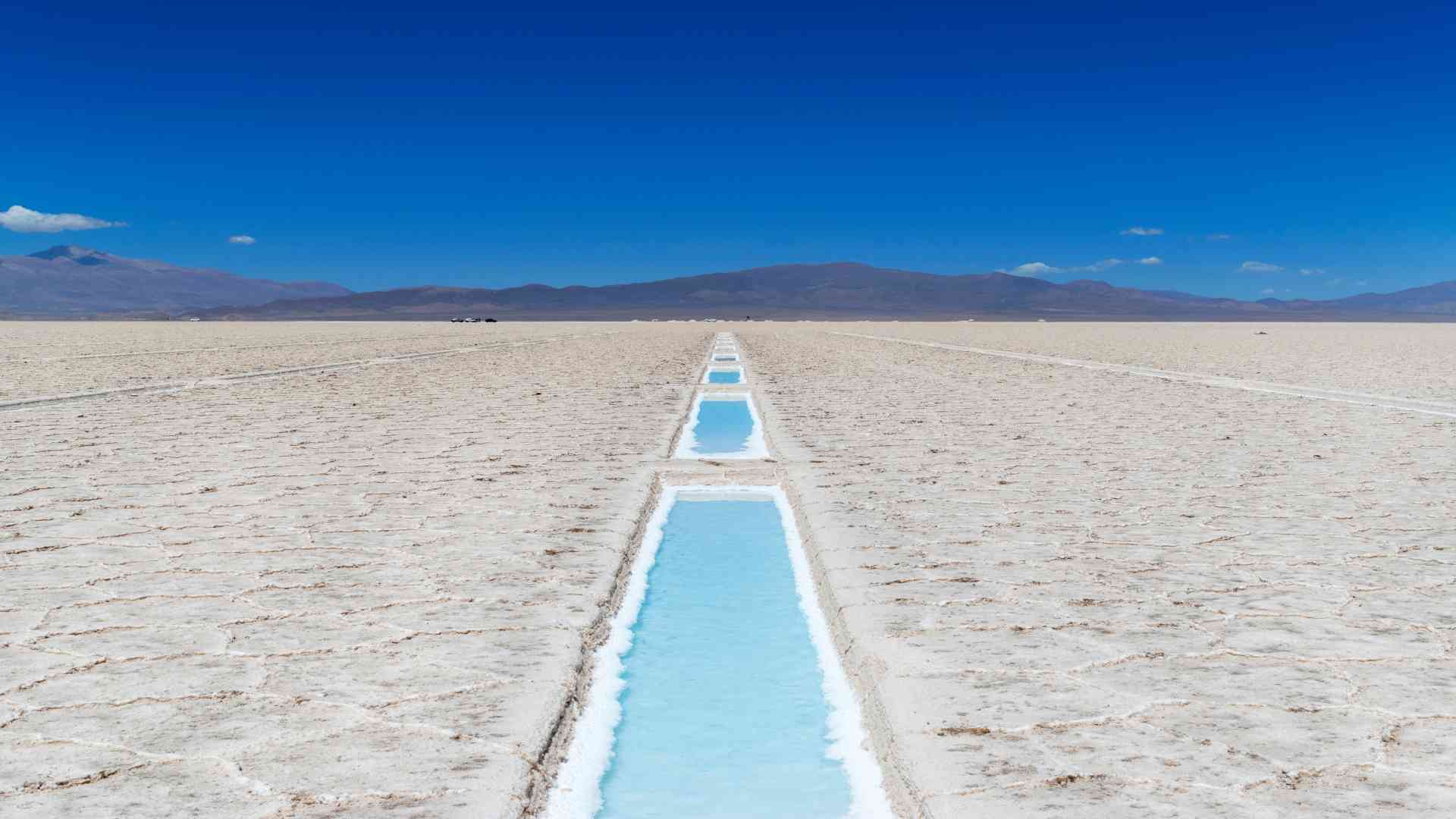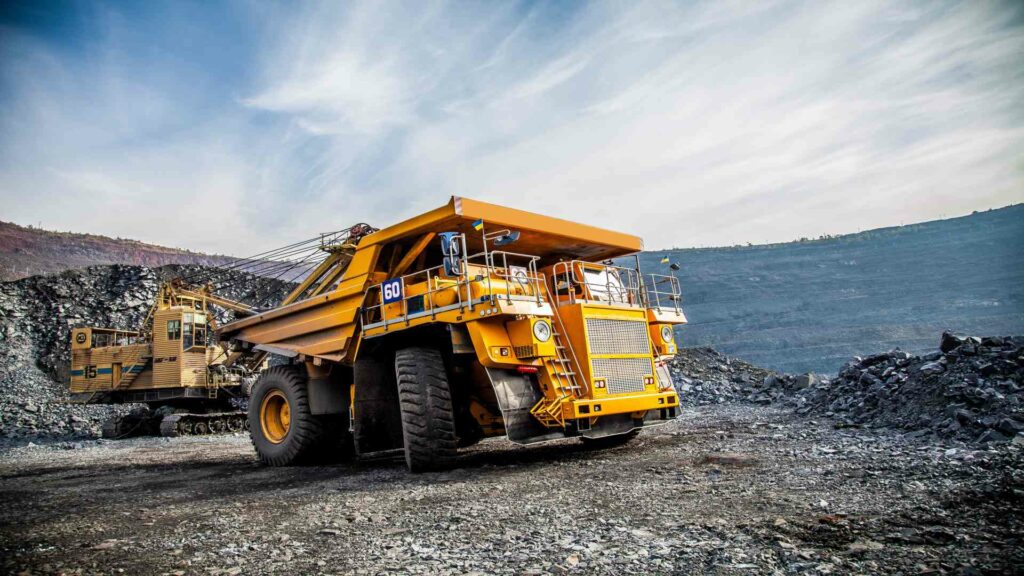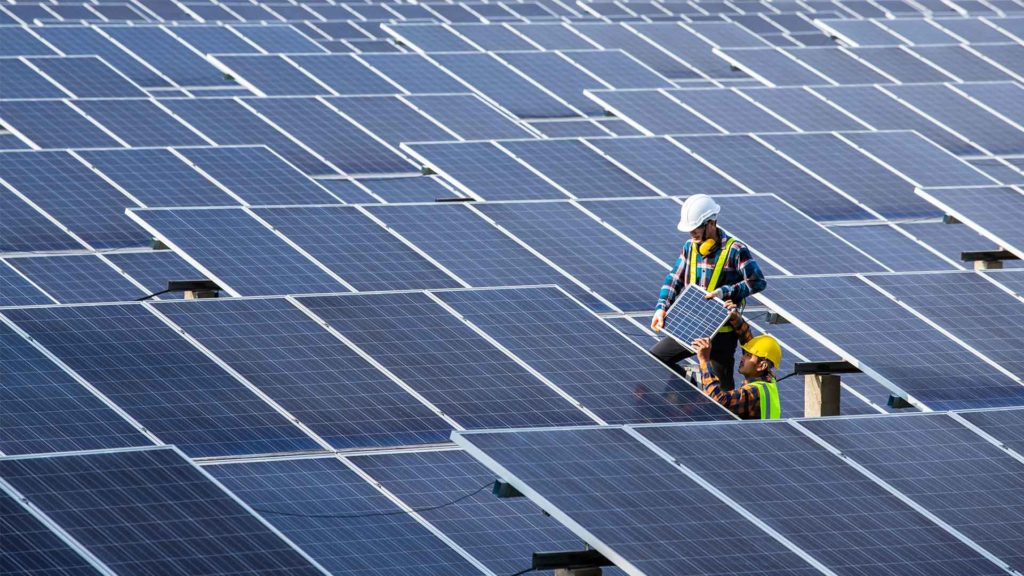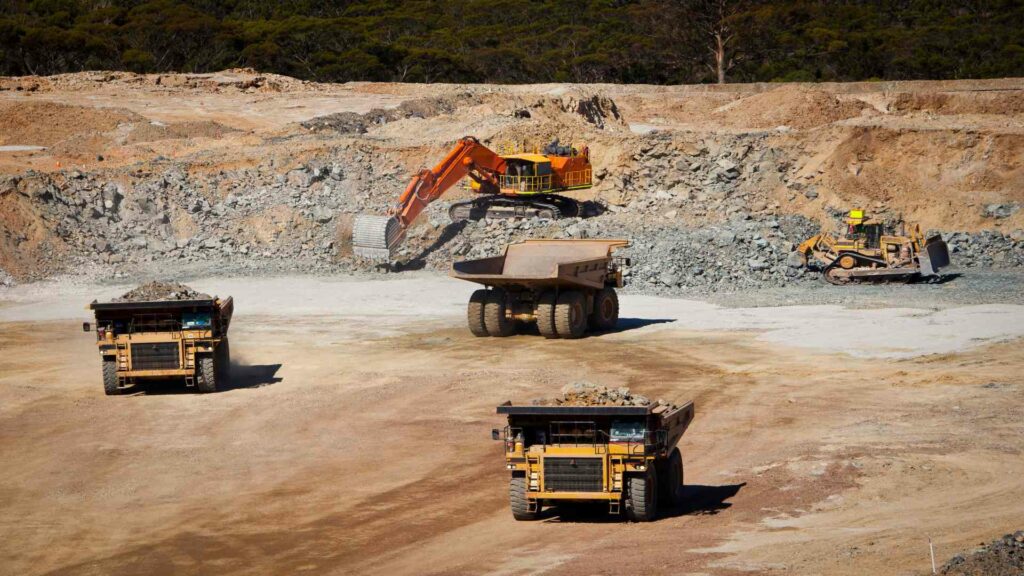Lithium: A Modern-Day Necessity
Lithium is a key component of modern technology. It is used in batteries, smartphones, laptops, and other electronics. As the demand for lithium-based products continues to grow, so does the need for lithium reserves. The countries leading this revolution by possessing these strategic reserves will be well positioned on this technological frontier in the future.

India Discovers Massive Lithium Reserves
India has made a significant announcement about discovering 5.9 million tonnes of lithium reserves in Jammu and Kashmir. The rare element is essential for manufacturing rechargeable batteries used in electric vehicles, smartphones, and laptops. Currently, India depends on Australia and Argentina for this mineral import.
The discovery is expected to assist India in increasing the number of private electric cars by 30% by 2030 to address global warming. The Geological Survey of India identified the mineral reserves in the Salal-Haimana area of the Reasi district. In 2021, smaller deposits were discovered in the southern state of Karnataka.
The government had previously declared its plans to enhance its rare metal supply, fuel technological advancements, and seek potential sources within India and overseas.
Lithium Reserves in Other Countries
With the demand for lithium-ion battery power surging due to our booming electric vehicle industry, some countries stand out as prime sources of this vital material. Let’s take a closer look at these countries and their respective supplies.
1. Australia
Australia’s lithium reserves make it one of the world’s top exporters. Holding 5.7 million metric tons, it is second only to Chile in total supplies contained beneath its landmass, with most ending up being exported straight to China. The impressive Greenbushes Mine located in Western Australia provides much of this mineral yield and stands as the country’s largest open-pit mine for hard rock extraction, owned by Talison Lithium Corporation.
2. Chile
Chile is the superpower of this mineral, with an impressive 48% share of global reserves. At 9,200,200 metric tons, it’s no wonder that companies like Albemarle Corp and Sociedad Quimica Mineral De Chile SA are leading large-scale extraction projects in various parts of the nation, principally from its picturesque Salt Flat Region along the Andes range famously known as The Atacama Desert. These combined efforts to produce Li2CO3, Hydroxide & Chloride for global export markets. According to industry reports, an excellent example is their 2019 Maricunga Project yielding triple production volume expectations thus far.
3. China
China is a critical player in this critical mineral market, holding roughly 1.5 million metric tons of reserves with Jiangxi Ganfeng this mineral controlling the majority share located near Lake Zabuye. Despite owning only 25% of their overall reserve capacity, Chinese refiners and processors handle over 65% of global operations, importing raw materials from around the world before producing battery components such as Li-ion cells and Carbonate used to power many devices today.
4. Argentina
Argentina is a powerhouse in the global lithium market. Holding 21% of world reserves, the South American country has an estimated 2.2 million metric tons of Li2CO3 deposits, most of which are concentrated at Kachi Mine in Catamarca Province. With only two fully operational mines and one development-stage project (the Sal De Vida Project), Argentina’s resources are poised to become increasingly valuable for its strategic position on the global stage.
5. Brazil
Brazil is a moderate-level lithium producer country, with 1.5% of global shares and 95,000 MT of reserves at its disposal. This mineral production within the nation primarily occurs in Minas Gerais, where publically traded Lithium Ionic owns an entire 100% stake in the Itinga Project to further bolster Brazilian supplies. Unfortunately, though natural resources are abundant, there currently needs to be domestic output for their prized exports, namely energy storage devices such as Li2CO3 batteries.
6. Portugal
Portugal is the only European country to have a lithium mine, providing 60,000 metric tons of reserves in the form of hard rock spodumene. Given Europe’s current reliance on imports from major producers such as Chile and Australia for unrefined lithium-ore, Portuguese businesses are pressing ahead with plans to exploit this valuable resource at their Barroso Project in Northern Portugal.
7. United States
With a whopping 8 million tons of lithium, the United States is significantly invested in this valuable resource. Representing 2% of global production, they have established two primary deposits—Thacker Pass mine and Fort Cady in Nevada and California, respectively. These reserves are managed by renowned companies such as Cypress Development Corp., and 5E Advanced Materials (FEAM).
FEAM’s low-cost extraction methods, alongside their dedication to light environmental touch, make its Southern Californian reserve designated U.S Critical Infrastructure a valuable source for boron and lithium, being one of the largest known conventional deposits worldwide.
8. Zimbabwe
Zimbabwe is known around the world for its incredible lithium reserves. Africa’s largest source of this valuable commodity can be found in their Bikita Mines located within Masvingo Province. The Sinomine Resource Group Company owns these mines that contain spodumene concentrate with enough quantity for over 11 million tons of raw materials! This Spodumene then goes through further processing to become precious Li2CO3 needed all across the globe today.
Future Predictions for the Lithium Market
The booming demand for Li-ion batteries over the next decade is expected to transform transportation, driven by ambitious sustainability goals and regulations around the world. As we move closer to 2030, Li-ion battery requirements are estimated to hit 4.7 TWh with an incredible 4300 GWh from mobility applications like electric vehicles (EVs). This surge in interest results from several key drivers-
1. The “Fit for 55” program in Europe, the US Inflation Reduction Act, the EU’s 2035 ban on internal combustion engine (ICE) vehicles, and India’s Faster Adoption and Manufacture of Hybrid and Electric Vehicles Scheme are examples of a regulatory shift towards sustainability that includes new net-zero targets and guidelines.
2. By 2030, electric vehicles are predicted to dominate 90 percent of the passenger car market in select countries as consumers generate heightened demand for more sustainable technologies.
3. 13 of the top 15 OEMs have announced banning ICE vehicles and setting new emission-reduction goals.





